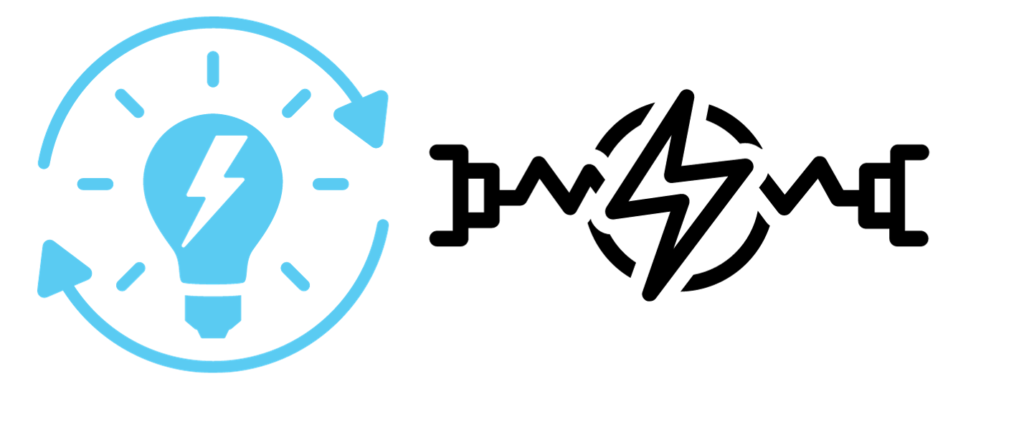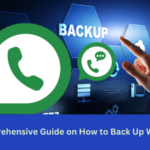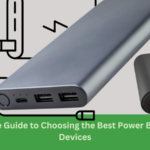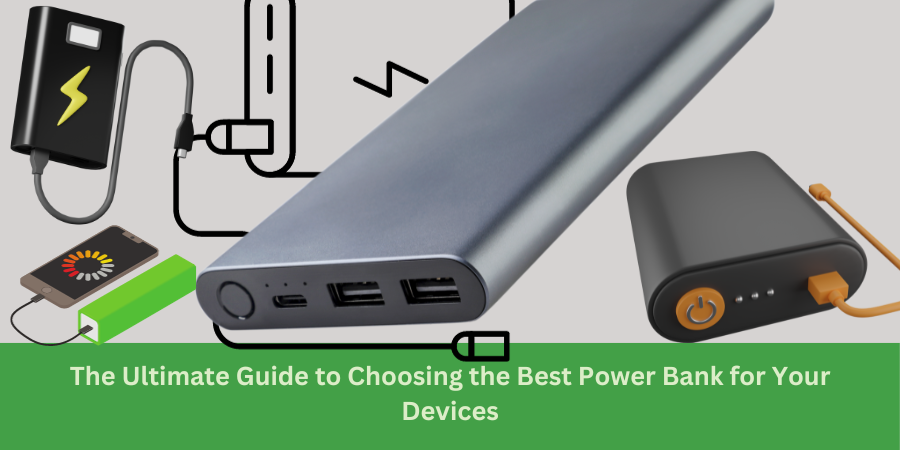Power Bank :There has never been a greater need for a dependable and portable power supply than in the digital age, when our gadgets have become our constant friends. The power bank is a little but powerful device that has completely changed how we keep our phones charged while we’re on the go. This article examines the development, uses, and increasing importance of power banks in our daily life.
The Development of Power Banks
Often referred to as portable chargers, power banks are external battery packs made to hold electrical energy for use at a later time. They are now a necessary addition for computers, tablets, smartphones, and a variety of other electronic gadgets.
Origins and Initial Models:
The original power banks had minimal charging capabilities and were somewhat large and uncomplicated. They became well-liked as a practical option for people who were often on the go.
The Power Bank Anatomy
Output and Capacity:
Power banks are available in different capacities, which are expressed in milliampere-hours (mAh) or watt-hours (Wh). More charges are possible with a larger capacity. The power bank’s output is the speed at which it can charge a gadget.
Charging connectors:
To support a variety of devices, power banks provide USB-A, USB-C, micro USB, and even Lightning connectors. Wireless charging is also supported by some models.
Compact Designs:
Sleek and compact forms that readily slip into pockets or bags characterize modern power banks, which are made to be portable.
Selecting the Appropriate Power Bank
Understanding Capacity:
A power bank’s capacity, which is expressed in watt-hours (Wh) or milliampere-hours (mAh), determines how much energy it can hold. It may deliver more charges the bigger its capacity.
Equipping Capacity with Device:
Take into account the battery life of your electronics. You can get numerous charges out of a single power bank charge if you choose one with a capacity that is somewhat higher than your device.
Voltage and Output Current:
The units of measurement for output current and voltage are volts (V) and amperes (A), respectively. Make sure the power bank’s output meets or surpasses what your gadget needs in order to charge it effectively.

Technology Fast Charging:
Select a power bank with fast-charging technology, like Power Delivery or Qualcomm Quick Charge, to get faster charge times.
USB ports:
To be sure it works with a variety of devices, look for USB-A, USB-C, and mini USB ports.

Wireless Charging:
For added convenience, think about getting a power bank with wireless charging capabilities if your smartphone supports it.
Compact Design:
For ease when traveling, pick a power bank that has a slim, portable design that slips into your pocket or purse.
Weight:
Take into account the power bank’s weight, particularly if you intend to carry it everywhere you go. More portable types are the ones that weigh less.
Built-in Cables:
You may avoid carrying extra cords by carrying power banks that include built-in charging cables.
LED Indicators:
These indicators let you know when a power bank needs to be recharged by giving you information about its charge level.
Safety and Quality
- Brand Reputation: Select power banks from respectable companies with a track record of excellence and dependability.
- Safety certificates: To make sure power banks fulfill industry requirements, look for ones with safety certificates like CE, FCC, or RoHS.
Frequently Asked Questions (FAQs) About Power Banks:
Q1: How does a power bank operate and what is it?
In response, a power bank is a portable gadget that holds electrical energy for recharging other gadgets like computers, tablets, and cellphones. It functions by accumulating electrical charge in an internal battery, which may then be distributed to other devices by means of the proper wires.
Q2: What is the best way to select my power bank’s capacity?
Take into account the battery capacity of your gadgets. For numerous charges on a single power bank charge, it is ideal to select a power bank with a capacity that is somewhat higher than your device.
Q3: Can I use a power bank to charge more than one gadget at once?
Yes, you can charge numerous devices at once using the various USB connections that many power banks have. Make sure that each connected device has enough output current overall.
Q4: Does a power bank with USB-A or USB-C ports differ from one another?
The answer is that USB-C is a more recent and adaptable standard than USB-A, which is the conventional USB port. USB-C connectors can be used for input and output and frequently offer faster charging.
Q5: Do all power banks allow wireless charging? What does it entail?
The answer is that gadgets can be charged wirelessly without the need for physical wires. Wireless charging is a feature to carefully seek for if it fits your device’s capabilities, as not all power banks enable it.
Q6: How long does a power bank take to charge completely?
The capacity of the power bank and the input current determine how long it takes to charge. A power bank requires several hours to fully charge on average.
Q7: Is it possible to charge my gadgets and power bank at the same time?
Yes, the majority of power banks let you charge linked devices and the power bank itself at the same time. This is a useful feature, particularly when time is of the essence.
Q8: Are my devices safe to use with power banks?
In general, power banks are safe as long as they are utilized correctly and are acquired from reliable brands. To be sure that safety regulations are being followed, look for certifications such as CE, FCC, or RoHS.
Q9: Can power banks be replenished endlessly, and how long do they last?
The answer is that variables like usage and quality affect how long a power bank lasts. A decent power bank should last for a few years on average. Like any battery, they can be recharged numerous times, but over time, their capacity may progressively decline.
Q10: can you bring a powerbank on a plane?
It is permissible to carry a power bank on an aircraft, but there are a few rules and guidelines you should be aware of to guarantee a hassle-free flying experience:
- Power banks are not permitted in checked luggage; they must be brought with you on your journey. This regulation is in place to make sure that any possible problems with the power bank can be resolved in the cabin as soon as possible.
- There may be limitations on the capacity of the power bank that can be brought on board by certain airlines and nations. Power banks that are 100 watt-hours (Wh) or less in capacity are often accepted, however it’s best to confirm with the particular airline and destination rules.
- There can be limits on the quantity of power banks you are allowed to carry, even though you are allowed to bring one. It is advised to inquire about the airline’s policies regarding the most power banks that are permitted.
The top 3000 power banks are listed below.
URBN Ultra Fast Charging Power Bank, 20000 mAh, 45W
20000mAh Li-Polymer Power Bank by ROMOSS
The Power 45 20000mAh Super Fast Charging Power Bank from Portronics
Romoss 18 Watt 20000mAh Fast Charging Power Bank
Read This As well
7 Simple Steps: A Comprehensive Guide on How to Disable Your Laptop Keyboard
Unleashing Precision and Performance with a Comprehensive Guide to Gaming Mice
Unlocking the Future: Navigating the Rise of Kids’ Smart Watches with a Focus on Connectivity and Safety











